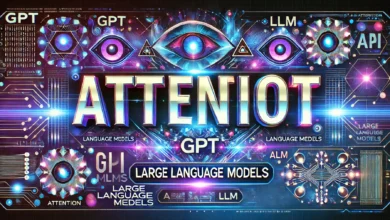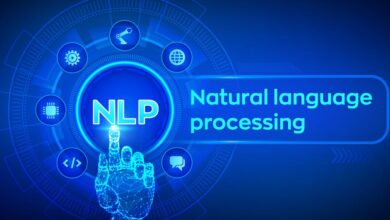Open Source Large Language Models (LLMs): Exploring the Landscape

The world of generative AI is rapidly evolving, with several open-source Large Language Models (LLMs) leading the way. These models offer diverse capabilities, from natural language processing to specialized tasks like instruction-following and chat-based interactions. Let’s delve into some of the prominent open-source LLMs, their features, and how to access them.
1. Falcon LLM
Developed by Abu Dhabi’s Technology Innovation Institute, Falcon LLM comes in two versions: Falcon-40B and Falcon-7B. It’s designed for generating human-like text, translating languages, and answering questions. Falcon uses multi-query attention for improved inference scalability and requires a substantial amount of GPU memory (up to ~90GB for Falcon-40B).
- Access and more details: Falcon LLM on GitHub.
2. Dolly 2.0
Dolly 2.0, or dolly-v2-12b, is an instruction-following large language model by Databricks. It’s trained on approximately 15,000 instruction/response records and excels in various tasks like brainstorming and summarization. It’s available under a permissive license.
- Access and more details: Dolly on GitHub, Hugging Face.
3. MPT (MosaicML Pretrained Transformer)
MPT-30B, developed by MosaicML, is a decoder-based transformer pre-trained on a diverse mix of English text and code. It offers features like an 8k token context window and is optimized for deployment on single GPU setups.
- Access and more details: MPT on GitHub, Hugging Face.
4. Guanaco
Based on Meta’s LLaMA models, Guanaco utilizes the QLoRA (Quantized Low-Rank Adapters) method for efficient fine-tuning, allowing it to run effectively with less GPU memory. It’s particularly suited for chatbot applications but is intended primarily for academic research and non-commercial applications.
- Access and more details: Guanaco on GitHub.
5. BLOOM (BigScience Language Open-science Open-access Multilingual)
BLOOM is a multilingual model proficient in 46 languages and 13 programming languages, making it one of the most versatile open-source LLMs. Developed collaboratively by volunteers from over 70 countries and experts from Hugging Face, BLOOM is designed for autoregressive text generation.
- Access and more details: BLOOM on Hugging Face.
6. LLaMA 2
LLaMA 2, developed by Meta, focuses on safety and reliability, undergoing rigorous training to minimize misinformation and biases. It’s supported on platforms like Azure and Windows and is available for a wide range of users, including researchers and commercial entities.
- More about LLaMA 2: LLaMA 2 details.
Additional Resources and Considerations
When choosing an LLM, consider factors like performance benchmarks, cost to run, and overall latency rates. Fine-tuning techniques like LoRA can be valuable for optimizing these models for specific applications. Developers are encouraged to explore these open-source models to optimize performance, explore new use cases, and push for more efficient data handling and algorithms.
Conclusion
These open-source LLMs represent the forefront of AI research and application. By providing public access, they invite innovation and collaboration, pushing the boundaries of what’s possible in natural language processing and beyond. Whether for research, commercial use, or personal projects, these models offer exciting opportunities for developers and AI enthusiasts.



